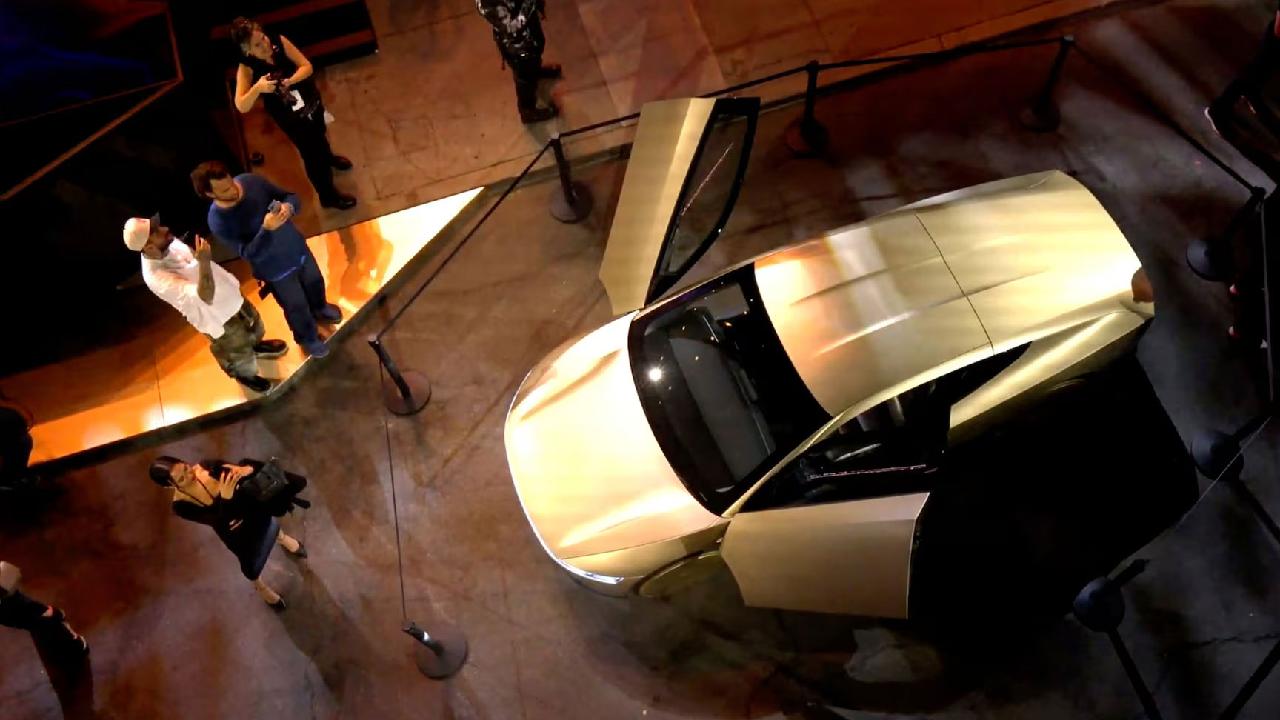Elon Musk Presents Two-Door Robotaxi; Production Delayed Until 2026
Elon Musk has introduced a two-door robotaxi concept, although production won't commence until 2026.

Musk arrived at the stage in a "Cybercab," which he claimed will begin production in 2026 and will be priced under $30,000. He emphasized that these robotaxis operate without steering wheels or pedals.
For over five years, Musk has been asserting that a fleet of robotaxis is on the horizon, enabling Tesla owners to earn money by allowing their vehicles to transport passengers while not in use.
According to Musk, the vehicles utilize artificial intelligence and cameras without the reliance on additional hardware typically favored by competitors in the robotaxi space. However, this strategy has raised concerns among investors and analysts due to potential technical and regulatory challenges.
The presentation also included a larger self-driving vehicle known as the Robovan, which is designed to accommodate up to 20 passengers, along with a demonstration of Tesla's Optimus humanoid robot.
Musk projected that the robots would be priced between $28,000 and $30,000 and would be capable of various tasks, including babysitting, mowing lawns, and grocery fetching.
Investors, anticipating detailed information on how Tesla plans to accelerate robotaxi production, secure regulatory approvals, and establish a solid business strategy to surpass competitors like Alphabet's Waymo, were left unsatisfied.
"Everything looks cool, but not much in terms of timelines. I'm a shareholder and pretty disappointed. I think the market wanted more definitive timelines," remarked Dennis Dick, equity trader at Triple D Trading. "I don't think he said much about anything... He didn't give much info."
Other companies in the robotaxi sector have faced significant financial losses, leading some to shut down operations altogether.
Musk previously stated in 2019 that he was "very confident" Tesla would have operational robotaxis by the following year. However, after failing to meet those projections, Musk has since shifted his focus to the development of these new vehicles, abandoning plans for a smaller, more affordable model, which was seen as crucial for dealing with a slowdown in electric vehicle demand.
Unlike competitors that utilize costly hardware such as lidar, Musk is depending solely on cameras and AI to operate FSD, aiming to keep costs manageable. Nevertheless, FSD, which necessitates constant driver oversight, has encountered regulatory and legal challenges, including at least two fatal accidents involving the technology.
"We do expect to start fully autonomous unsupervised FSD in Texas and California next year," Musk stated. "That's with the Model 3 and Model Y."
He did not clarify whether the robotaxis would incorporate any new technology or rely on FSD.
Tesla launched pre-orders for its second-generation Roadster in 2017, promising availability in 2020. However, customers who paid a $50,000 deposit are still awaiting delivery of their vehicles.
This year, Tesla faces the possibility of recording its first-ever decline in deliveries, as purchasing incentives have proven insufficient to entice consumers towards its aging electric vehicle lineup. Significant price reductions aimed at countering high-interest rates have also pressured profit margins.
James del Carmen for TROIB News
Discover more Science and Technology news updates in TROIB Sci-Tech












